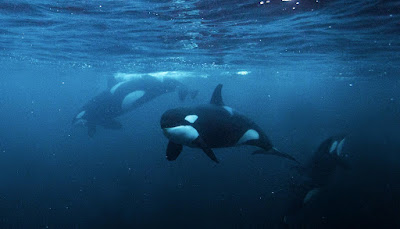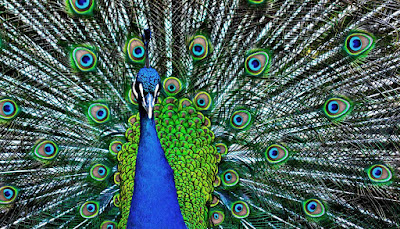PAYING FARMERS NOT TO FARM SAVED SAGE GROUSE
A Reagan-era government federal government program that subsidizes farmers to grow year-round turfs and native bushes rather than crops has had a remarkably large and beneficial effect on the Eastern Washington sage grouse populace, a brand-new study shows.
Although the program was adopted for many various factors, the study discovers it's probably the factor that sage grouse still live in parts of Washington's Columbia Container.
Game Tembak Ikan Dengan Deposit
"Without these lands, our models anticipate that we would certainly shed about 2 thirds of the species' environment, which the sage grouse would certainly go vanished in 2 of 3 subpopulations," says first writer Andrew Shirk, a research study researcher with the College of Washington Environment Impacts Team. The study shows up in an approaching issue of the Journal of Wild animals Management.
The Preservation Reserve Program (CRP) started in 1985. It's a volunteer government program that pays farmers to grow agricultural land with ecologically beneficial greenery for 10- to 15-year agreements. The program's objectives consist of improving sprinkle quality, decreasing dirt disintegration, and increasing wild animals environment.Of the approximately 24 million acres grown through the program in the Unified Specifies, about 1.4 million acres remain in Eastern Washington. The areas are grown with native bushes and seasonal turfs that provide cover for sage grouse and various other pets.
"From the beginning, it was visualized that the CRP program would certainly benefit wild animals," Shirk says. "But I do not think anybody expected that it would certainly be this valuable. Our outcomes show CRP isn't a replacement for native sagebrush, but fully grown CRP areas nearby enhance native environment and have had a remarkable favorable impact—it's a wild animals preservation success tale."
‘A UNIQUE LANDSCAPE'
In Eastern Washington, the sage grouse populace has decreased by 77 percent since 1960, and just about 8 percent of the birds' historical environment remains. The populace supported at about 1,000 birds in the very early 1990s—about when the areas grown as component of the Reagan-era CRP program first reached maturation.
Washington sage grouse live in 3 main locations: the Yakima Educating Facility in the southerly component of the state; Moses Coulee in the facility of the state; and Crab Creek to the eastern. The Yakima Educating Facility is a US Military educating location where the native sagebrush environment is mainly undamaged. But the various other 2 locations are greatly agricultural, with irrigated farmland about the Columbia River and wheat areas further from sprinkle.



